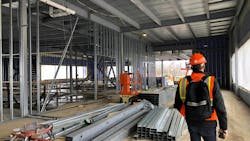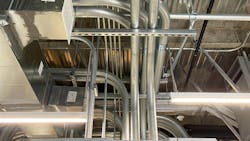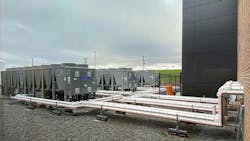Escalation: Predicting project costs in a volatile market
One of the major hurdles that we attempt to forecast for our commercial construction projects is escalation. There are many factors that affect escalation in the construction world which include inflation, supply chain, and labor shortages. Predicting costs eliminates potential cost escalation and avoids stress throughout projects.
There are several reputable industry cost indexes that measure the construction market to help predict construction escalation. These commercial cost indexes including Turner, Consumer Price Index, and CBRE, have ranged a cost increase between 10% to 14% from January 2022 to this year’s end. It is important to be aware of cost escalation implications that have taken place in the last couple of years and what our industry is forecasting.
In addition to commercial cost indexes, we can talk with local contractors and use our own historical cost data from previous projects, to better understand how the market has been behaving and to make an educated guess as to what escalation percentage will be needed to include for the future.
How can we control costs in a volatile market?
- Order Early
- Early Construction Packages
- Continuous Cost Analysis
Order Early
“Currently, 77% of work order delays are attributable to unavailable materials. Standardize purchasing and your equipment configuration. Forward-buy critical spares and manage inventory. Engage with your suppliers to understand their dependencies and delivery risks (Facilities Management Cost Trends 2022, CBRE).” By encouraging facilities to order materials prior to building, project costs can significantly decrease and surprises late in the game can be avoided.
Early Construction Packages
Engaging a construction manager (CM) with the team early in the design process, allows for materials to be secured in the beginning stages. With materials and construction packages determined at the start, costs are less likely to change, projects are more likely to stay on budget, and cost estimations are more accurate.
Continuous Cost Analysis
Throughout the life of a project, but particularly in the design process, it is imperative to continually analyze project costs. It’s important to check costs not just at major milestone estimates including Conceptual, Schematic, Design Development and Construction Documents, but throughout the entire design. Preparing for add and deduct alternates is essential; add alternates are preferred with contractors being more aggressive to do more work. Additionally, it is important to identify long lead times to keep projects on track.
There is no rule of thumb that can predict how the market is going to change. But with factual, statistical information we can help validate cost prediction and expect what is to come for our next project.



